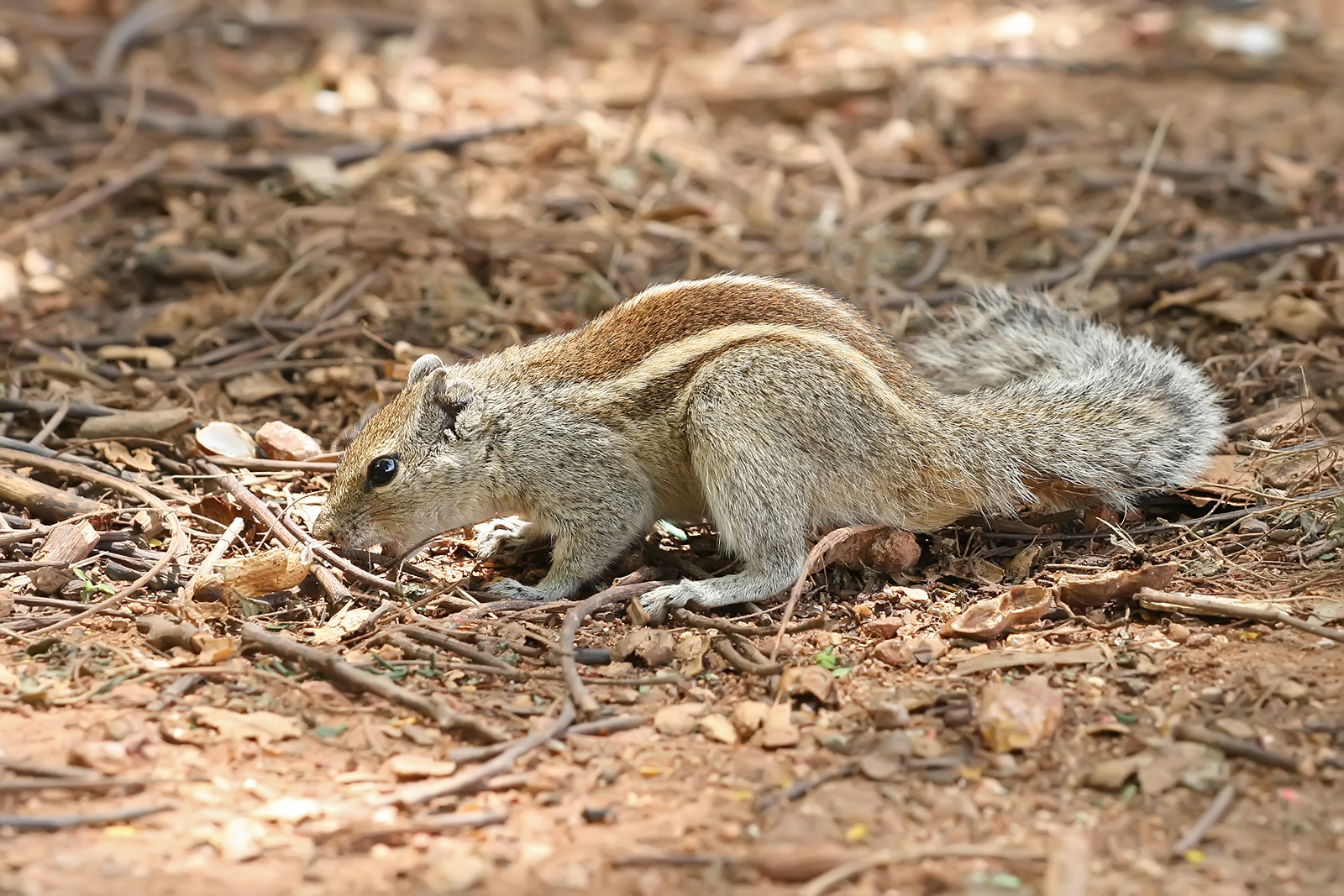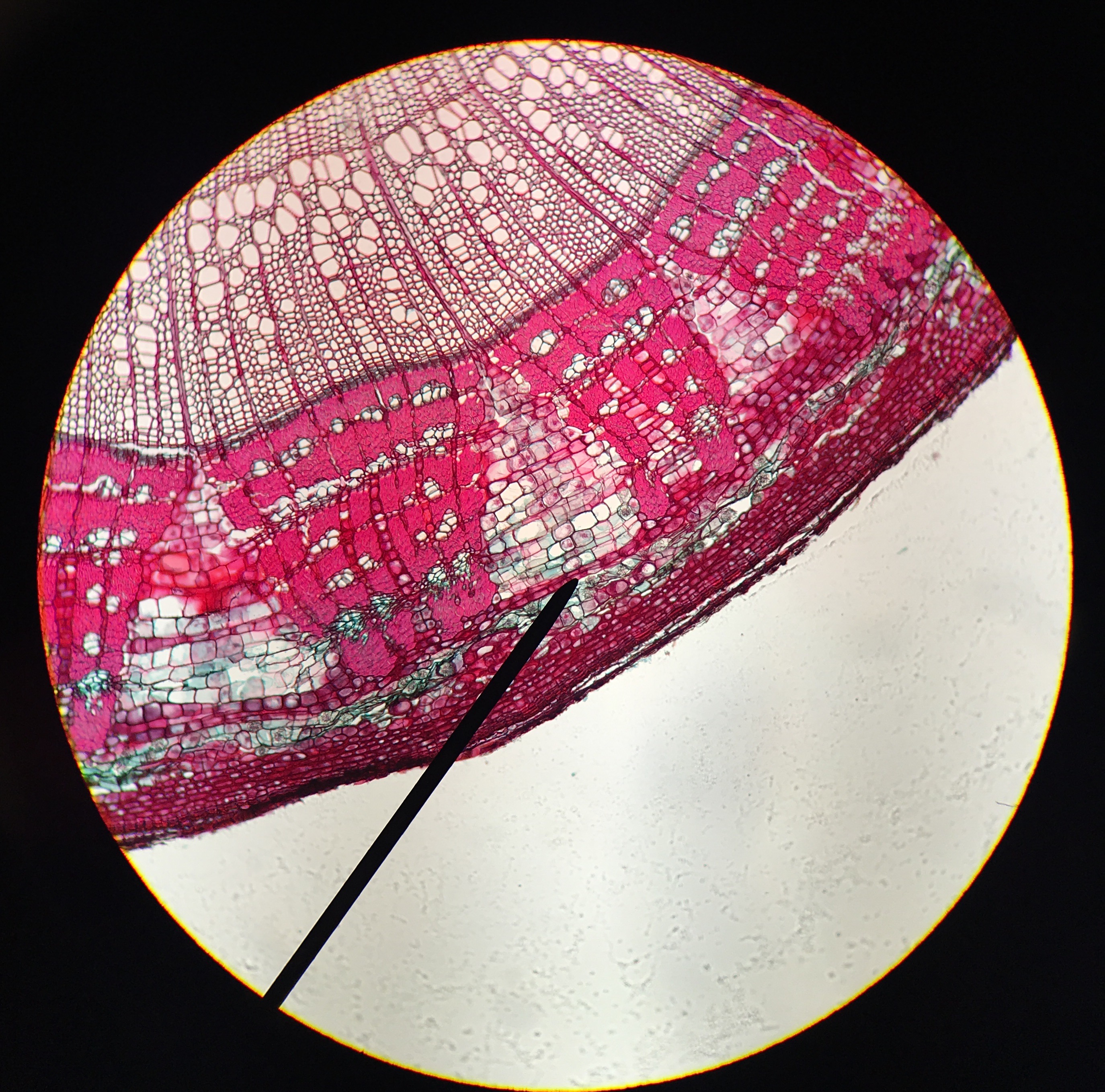|
Sciurillinae
The Neotropical pygmy squirrel (''Sciurillus pusillus'') is a South American species of tree squirrel, being the only living species in the genus ''Sciurillus'' and the subfamily Sciurillinae. Genetic analysis has shown it to be the sister group to all other squirrels. Description The Neotropical pygmy squirrel is the smallest species of tree squirrel native to the Americas, measuring on average just in head-body length, with an 11-cm tail. Adults weigh from . The fur is grizzled grey over the body, with paler, but not sharply contrasting, fur on the underparts. The head is slightly reddish, with distinct white markings behind the ears, which are shorter and more rounded than on most other tree squirrels. The limbs are slender, with the fore limbs elongated to assist in climbing. Females have six teats. Distribution and habitat Neotropical pygmy squirrels inhabit at least four widely separated regions in northern South America, in French Guiana, Suriname, central Brazil, nort ... [...More Info...] [...Related Items...] OR: [Wikipedia] [Google] [Baidu] |
Squirrel
Squirrels are members of the family Sciuridae, a family that includes small or medium-size rodents. The squirrel family includes tree squirrels, ground squirrels (including chipmunks and prairie dogs, among others), and flying squirrels. Squirrels are indigenous to the Americas, Eurasia, and Africa, and were introduced by humans to Australia. The earliest known fossilized squirrels date from the Eocene epoch, and among other living rodent families, the squirrels are most closely related to the mountain beaver and to the dormice. Etymology The word ''squirrel'', first attested in 1327, comes from the Anglo-Norman which is from the Old French , the reflex of a Latin word , which was taken from the Ancient Greek word (; from ) 'shadow-tailed', referring to the long bushy tail which many of its members have. The native Old English word for the squirrel, , survived only into Middle English (as ) before being replaced. The Old English word is of Common Germanic origin, c ... [...More Info...] [...Related Items...] OR: [Wikipedia] [Google] [Baidu] |
Tree Squirrel
Tree squirrels are the members of the squirrel family (Sciuridae) commonly just referred to as "squirrels." They include more than 100 arboreal species native to all continents except Antarctica and Oceania. They do not form a single natural, or monophyletic, group; they are variously related to others in the squirrel family, including ground squirrels, flying squirrels, marmots, and chipmunks. The defining characteristic used to determine which species of Sciuridae are tree squirrels is dependent on their habitat rather than their physiology. Tree squirrels live mostly among trees, as opposed to those that live in burrows in the ground or among rocks. An exception is the flying squirrel that also makes its home in trees, but has a physiological distinction separating it from its tree squirrel cousins: special flaps of skin called patagia, acting as glider wings, which allow gliding flight. The best known genus of tree squirrels is ''Sciurus'', which includes the eastern ... [...More Info...] [...Related Items...] OR: [Wikipedia] [Google] [Baidu] |
Joseph Curtis Moore
{{Short pages monitor ... [...More Info...] [...Related Items...] OR: [Wikipedia] [Google] [Baidu] |
Termite
Termites are small insects that live in colonies and have distinct castes (eusocial) and feed on wood or other dead plant matter. Termites comprise the infraorder Isoptera, or alternatively the epifamily Termitoidae, within the order Blattodea (along with cockroaches). Termites were once classified in a separate order from cockroaches, but recent phylogenetic studies indicate that they evolved from cockroaches, as they are deeply nested within the group, and the sister group to wood eating cockroaches of the genus ''Cryptocercus''. Previous estimates suggested the divergence took place during the Jurassic or Triassic. More recent estimates suggest that they have an origin during the Late Jurassic, with the first fossil records in the Early Cretaceous. About 3,106 species are currently described, with a few hundred more left to be described. Although these insects are often called "white ants", they are not ants, and are not closely related to ants. Like ants and some bee ... [...More Info...] [...Related Items...] OR: [Wikipedia] [Google] [Baidu] |
Mammals Of Guyana
Mammals () are a group of vertebrate animals constituting the class Mammalia (), characterized by the presence of mammary glands which in females produce milk for feeding (nursing) their young, a neocortex (a region of the brain), fur or hair, and three middle ear bones. These characteristics distinguish them from reptiles (including birds) from which they diverged in the Carboniferous, over 300 million years ago. Around 6,400 extant species of mammals have been described divided into 29 orders. The largest orders, in terms of number of species, are the rodents, bats, and Eulipotyphla (hedgehogs, moles, shrews, and others). The next three are the Primates (including humans, apes, monkeys, and others), the Artiodactyla ( cetaceans and even-toed ungulates), and the Carnivora (cats, dogs, seals, and others). In terms of cladistics, which reflects evolutionary history, mammals are the only living members of the Synapsida (synapsids); this clade, together wi ... [...More Info...] [...Related Items...] OR: [Wikipedia] [Google] [Baidu] |
Mammals Of French Guiana
Mammals () are a group of vertebrate animals constituting the class Mammalia (), characterized by the presence of mammary glands which in females produce milk for feeding (nursing) their young, a neocortex (a region of the brain), fur or hair, and three middle ear bones. These characteristics distinguish them from reptiles (including birds) from which they diverged in the Carboniferous, over 300 million years ago. Around 6,400 extant species of mammals have been described divided into 29 orders. The largest orders, in terms of number of species, are the rodents, bats, and Eulipotyphla ( hedgehogs, moles, shrews, and others). The next three are the Primates (including humans, apes, monkeys, and others), the Artiodactyla (cetaceans and even-toed ungulates), and the Carnivora ( cats, dogs, seals, and others). In terms of cladistics, which reflects evolutionary history, mammals are the only living members of the Synapsida (synapsids); this clade, together wi ... [...More Info...] [...Related Items...] OR: [Wikipedia] [Google] [Baidu] |
Mammals Of Brazil
Brazil has the largest mammal diversity in the world, with more than 600 described species and more likely to be discovered. According to the International Union for Conservation of Nature, 66 of these species are endangered, and 40% of the threatened taxa belong to the primate group. 658 species are listed. The following tags are used to highlight each species' conservation status as assessed by the International Union for Conservation of Nature: Some species were assessed using an earlier set of criteria. Species assessed using this system have the following instead of near threatened and least concern categories: Infraclass: Metatheria Order: Didelphimorphia * Family: Caluromyidae ** Genus: '' Caluromys'' *** Brown-eared woolly opossum, ''C. lanatus'' LC *** Bare-tailed woolly opossum, ''C. philander'' LC * Family: Didelphidae ** Genus: ''Caluromysiops'' *** Black-shouldered opossum, ''Caluromysiops irrupta'' LC ** Genus: ''Glironia'' *** Bushy-tailed opossum, ' ... [...More Info...] [...Related Items...] OR: [Wikipedia] [Google] [Baidu] |
Mammals Described In 1803
Mammals () are a group of vertebrate animals constituting the class Mammalia (), characterized by the presence of mammary glands which in females produce milk for feeding (nursing) their young, a neocortex (a region of the brain), fur or hair, and three middle ear bones. These characteristics distinguish them from reptiles (including birds) from which they diverged in the Carboniferous, over 300 million years ago. Around 6,400 extant species of mammals have been described divided into 29 orders. The largest orders, in terms of number of species, are the rodents, bats, and Eulipotyphla (hedgehogs, moles, shrews, and others). The next three are the Primates (including humans, apes, monkeys, and others), the Artiodactyla (cetaceans and even-toed ungulates), and the Carnivora (cats, dogs, seals, and others). In terms of cladistics, which reflects evolutionary history, mammals are the only living members of the Synapsida (synapsids); this clade, together with Saurops ... [...More Info...] [...Related Items...] OR: [Wikipedia] [Google] [Baidu] |
Cricket (insect)
Crickets are orthopteran insects which are related to bush crickets, and, more distantly, to grasshoppers. In older literature, such as Imms,Imms AD, rev. Richards OW & Davies RG (1970) ''A General Textbook of Entomology'' 9th Ed. Methuen 886 pp. "crickets" were placed at the family level (''i.e.'' Gryllidae), but contemporary authorities including Otte now place them in the superfamily Grylloidea. The word has been used in combination to describe more distantly related taxa in the suborder Ensifera, such as king crickets and mole crickets. Crickets have mainly cylindrically-shaped bodies, round heads, and long antennae. Behind the head is a smooth, robust pronotum. The abdomen ends in a pair of long cerci; females have a long, cylindrical ovipositor. Diagnostic features include legs with 3-segmented tarsi; as with many Orthoptera, the hind legs have enlarged femora, providing power for jumping. The front wings are adapted as tough, leathery elytra, and some ... [...More Info...] [...Related Items...] OR: [Wikipedia] [Google] [Baidu] |
Cambium
A cambium (plural cambia or cambiums), in plants, is a tissue layer that provides partially undifferentiated cells for plant growth. It is found in the area between xylem and phloem. A cambium can also be defined as a cellular plant tissue from which phloem, xylem, or cork grows by division, resulting (in woody plants) in secondary thickening. It forms parallel rows of cells, which result in secondary tissues. There are several distinct kinds of cambium found in plant stems and roots: * Cork cambium, a tissue found in many vascular plants as part of the periderm. * Unifacial cambium, which ultimately produces cells to the interior of its cylinder. * Vascular cambium, a lateral meristem in the vascular tissue of plants. Uses The cambium of many species of woody plants are edible; however, due to its vital role in the homeostasis and growth of woody plants, this may result in death of the plant if enough cambium is removed at once. The cambium can generally be eaten raw or cook ... [...More Info...] [...Related Items...] OR: [Wikipedia] [Google] [Baidu] |
Natural Gum
Natural gums are polysaccharides of natural origin, capable of causing a large increase in a solution's viscosity, even at small concentrations. They are mostly botanical gums, found in the woody elements of plants or in seed coatings. Human uses They are used in the food industry as thickening agents, gelling agents, emulsifying agents, and stabilizers, and in other industrial adhesives, binding agents, crystal inhibitors, clarifying agents, encapsulating agents, flocculating agents, swelling agents, foam stabilizers, etc. When consumed by humans, many of these gums are fermented by the microbes that inhabit the lower gastrointestinal tract (microbiome) and may influence the ecology and functions of these microscopic communities. Examples Natural gums can be classified according to their origin. They can also be classified as uncharged or ionic polymers (polyelectrolyte Polyelectrolytes are polymers whose repeating units bear an electrolyte group. Polycations and pol ... [...More Info...] [...Related Items...] OR: [Wikipedia] [Google] [Baidu] |
Parkia
''Parkia'' is a genus of flowering plants in the family Fabaceae. It belongs to the mimosoid clade of the subfamily Caesalpinioideae. Several species are known as African locust bean. In 1995, about 31 species were known.Melissa Luckow and Helen C.F. Hopkins. 1995. "A cladistic analysis of ''Parkia''". ''American Journal of Botany'' 82(10):1300-1320. Four more species were outlined in 2009.David A. Neill. 2009. "''Parkia nana'' (Leguminosae, Mimosoideae), a New Species from the Sub-Andean Sandstone Cordilleras of Peru". ''Novon'' 19(2):204-208. Parkia species are found throughout the tropics, with four species in Africa, about ten in Asia, and about 20 in the neotropics. The neotropical species were revised in 1986.Helen C.F. Hopkins and Marlene Freitas Da Silva. 1986. "''Parkia'' (Leguminosae: Mimosoideae) (Flora Neotropica Monograph No. 43) with ''Dimorphandra'' (Caesalpiniaceae) (FN Monograph No. 44)". In: ''Flora Neotropica (series). The New York Botanical Garden Press ... [...More Info...] [...Related Items...] OR: [Wikipedia] [Google] [Baidu] |







